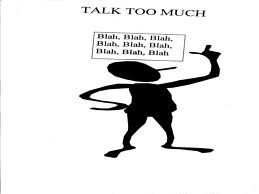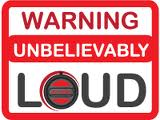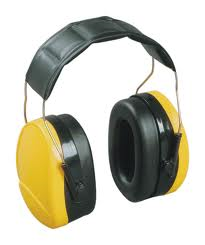- Brainwaves
Issue 3, Sound
It is interesting to think about sounds…the pleasant sound of chirping birds on my spring-like walk last week and the comforting sounds of the furnace once I returned to my home. Then there are those sounds that you can feel, like the heavy bass of the music in the car next to you!
Brainwaves is a monthly newsletter designed to create some “brainwaves” within my community of colleagues, friends and clients.
In the last issue, I wrote about tactile defensiveness, noting that children that are touch defensive are often sound defensive because both systems have hair cells that come from the same genetic makeup. Similar to touch, certain sounds can create a fright or flight reaction in sound sensitive children or adults. The Hyperacusis Network (www.hyperacusis.net) describes four kinds of sound sensitivities 1) hyperacusis relates to people who have a lower than usual tolerance for normal environmental sounds; 2) recruitment sensitivity relates to people that have hearing loss; they don’t hear certain pitches until the sound reaches a certain loudness; 3) hypersensitive hearing of certain sound frequencies includes children with autism or neurodevelopmental disorders; 4) phonophobia relates to the fear of sound and the emotional response of anxiety that leads to a constant worrying; misophonia relates to the dislike of sound and an adverse response no matter what volume; common examples would include but are not limited to: the sound of people eating, smacking their lips, sniffing, the sound of certain consonants like p, s, or t, and repetitive sounds.
Children with neurodevelopmental differences, early life trauma, or a history of ear, nose and throat infections can develop hyperacusis, hypersensitivities to certain frequencies and misophonia. Some people with sound sensitivities also have a sound processing problem known as an auditory processing disorder. An auditory processing disorder can include a range of learning, behavior, and attention problems. For some children and often those on the autism spectrum, high frequency sounds are more likely to trigger a defensive response. Some of these sounds include fire alarms, vacuum cleaners, hair dryers, and certain people’s voices. Certain letter sounds are high frequency sounds and more difficult for some children to “hear” and include s, f, th, ch, and sh. Children who have early life ear infections are particularly vulnerable. For them, the tiny muscle in their inner ear which protects the ear from loud sounds by reflexively contracting becomes stretched due to the infection and fluid. When working properly, this muscle prevents the delicate inner ear from being damaged due to loud external sounds. It also dampens the internal sounds of our own voice and so that we can focus our attention outward while talking.
dryers, and certain people’s voices. Certain letter sounds are high frequency sounds and more difficult for some children to “hear” and include s, f, th, ch, and sh. Children who have early life ear infections are particularly vulnerable. For them, the tiny muscle in their inner ear which protects the ear from loud sounds by reflexively contracting becomes stretched due to the infection and fluid. When working properly, this muscle prevents the delicate inner ear from being damaged due to loud external sounds. It also dampens the internal sounds of our own voice and so that we can focus our attention outward while talking.
So Now What?
Children with hyper-sensitive hearing benefit from;
- Warnings before unpredictably loud or high frequency sounds or the ability to control the sounds.
- The ability to become accustomed to loud environments before having to participate within them.
- The use of sound blockers or hearing protectors (these can be headphones or smaller ear plugs but, be aware, using them constantly will increase sound sensitivity to normal sounds over time!)
- The use of constant background sounds such as a fan (this is often why these children make noises or talk constantly…to create a sound buffer!). Be careful if using white noise
 machines as these machines include the broad spectrum of sounds, including high frequencies, which can be a problem for some.
machines as these machines include the broad spectrum of sounds, including high frequencies, which can be a problem for some.
- Listening therapy programs.
Interesting
The Hearing Link: http://www.hearinglink.org/page.aspx?pid=685
The Sensory Processing Disorders Foundation: http://www.sinetwork.org/listening.html


